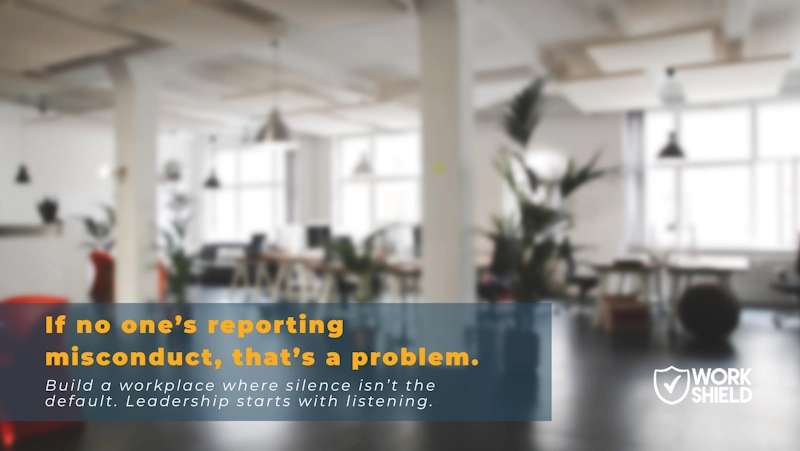Working past five, putting in the extra effort, and going above and beyond all go out the window for those attempting to quietly quit their jobs. That’s right, there’s a new workplace trend tiptoeing around offices, and although it’s hard to hear, it’s creating quite the buzz among today’s workforce. Additionally, employers have joined the “quiet” movement by pushing employees to quit through under-the-radar tactics. “Quiet quitting” and “quiet firing” have made their entrance, and organizations must understand how these scenarios relate to overall workplace culture and what can be done to nip them in the bud.
How to Recognize Signs of Quiet Quitting
While the term may suggest that employees are actually resigning from their roles, quiet quitting actually refers to the idea of letting go of the hustle mentality that says work is the number one priority and must trump all else. This thought process should not come as a surprise to employers, as research shows that 72% of people consider work-life balance a very important aspect when selecting a new job, and 76% of employees say they want their organization to make work permanently flexible. With these new workforce desires, quiet quitting is likely to arise in organizations where employees’ preferences are not heard or taken into consideration. Here are a few signs to look for:
- Isolation: Have you noticed that one employee who doesn’t participate in office chatter or celebrations? Whether working in an office or virtually, it’s easy to detect an employee who is self-isolating. During team brainstorms, this person might stay silent as to remain out of the spotlight to avoid attention, because attention might stir up questions regarding their work performance, or lack thereof.
- Little Engagement: According to Gallup research, only 36% of employees are engaged in their work, but workplace engagement is key to collaboration and productivity. Of course, not everyone is required to be an extrovert, but all team members should engage in group tasks when necessary, and when someone passive aggressively withdraws, it can impact the entire team.
- Minimum Performance: Going above and beyond has been the long-time standard of a stellar employee, but the quiet quitting trend has the mindset of: Why do extra work without extra compensation? Additionally, quiet quitters are known to do the bare minimum required of their tasks rather than digging deeper to bring innovation and solutions to the table, and they may mute their Slack channels (or whatever tech tool the office uses) and fall off the grid throughout the day. While avoiding burnout is imperative, these consistent behaviors can be a sign of disengagement, and Gallup’s U.S. employee engagement data reveals that 74% of disengaged employees are actively looking for new employment.
How Quiet Firing Contributes to a Toxic Workplace
As employers watch for signs of quiet quitting within their teams, it’s also important to take a look inward to steer clear of quiet firing. Essentially, toxic leaders have been practicing this concept for years to avoid difficult conversations and facing employee challenges head on. Quiet firing entails bosses that avoid offering direct feedback while instead hoping said employee will quit on their own. This passive aggressive behavior contributes to a toxic workplace where team members don’t have direct communication or know where they stand. Managers should be equipped to handle delivering expectations and managing any type of misconduct in the workplace. From an abrupt stop in investing in an employee’s development to a halt in assigning projects the employee enjoys, there are many ways weak leaders lean on quiet quitting to avoid crucial conversations.
At Work Shield, we focus on helping leaders build powerful cultures from the top. When organizations partner with our third-party misconduct solution, they are sending a clear message that difficult conversations are not to be avoided, and employee issues are to be handled with the utmost care and professionalism. It’s time for organizations to cultivate cultures where employees are engaged, valued and see the purpose in using their voices.





